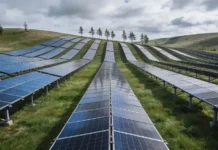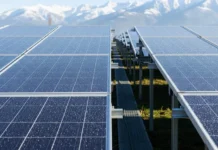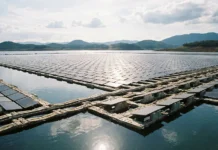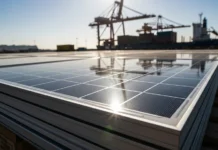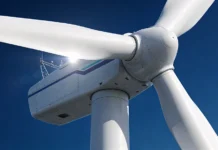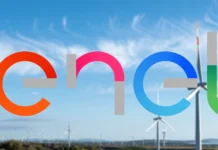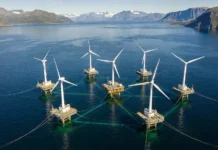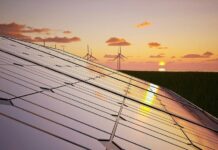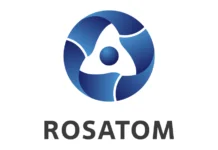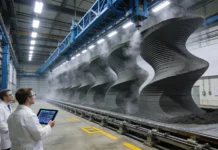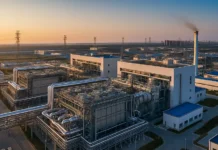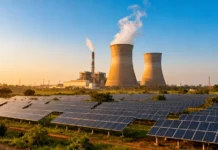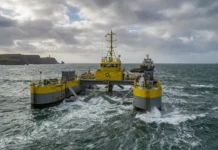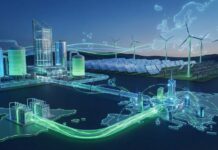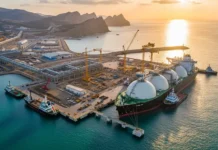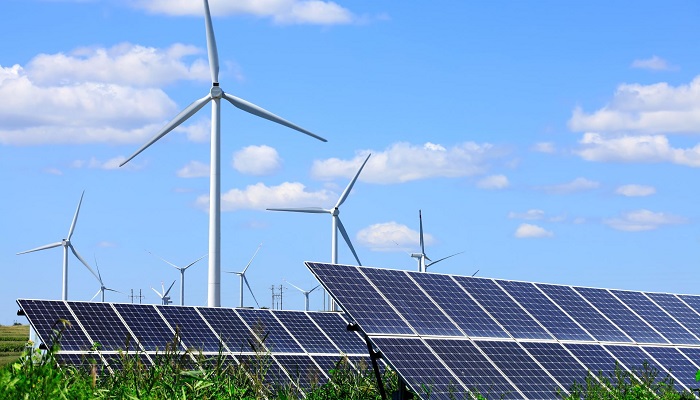There are many prominent European power companies that, as a matter of fact, have either scaled back or are looking to renew their targets so as to develop renewable energy due to high costs and electricity prices that are low which happen to be a sign of the challenge of shifting away from fossil fuels.
Europe’s largest renewable energy producer, Statkraft, said in May 2024 that it happens to be reviewing its yearly targets in terms of new renewable capacity, whereas the Portuguese company EDP is actually slashing its plans due to high interest rates as well as low power prices. Orsted from Denmark, which happens to be the world’s largest wind developer, has gone on to cut its target for renewables by over 10GW for 2030 as it was forced to abandon two large US projects due to rising costs.
There happens to be a rising political focus pertaining to the need to develop renewables, as countries agreed at the COP28 summit in November 2023 to move towards the task of tripling the capacity to 11,000GW by 2030.
But the fact is that the growing rates of interest in the last few years have gone on to push the cost when it comes to funding new projects, thereby creating difficulties for certain developers.
The fact is that the cost of raw materials has also dipped, and in some markets, the price of electricity has fallen as well. And then there are barriers to slow regulatory approval processes. Companies such as Enel have gone on to say that they are looking to invest more when it comes to upgrading the electricity networks, which is going to be vital in shifting away from fossil fuels to clean electric power.
Iberdrola is another company that is planning to spend almost 60% of the planned €41 billion in funding on the electricity grid.


